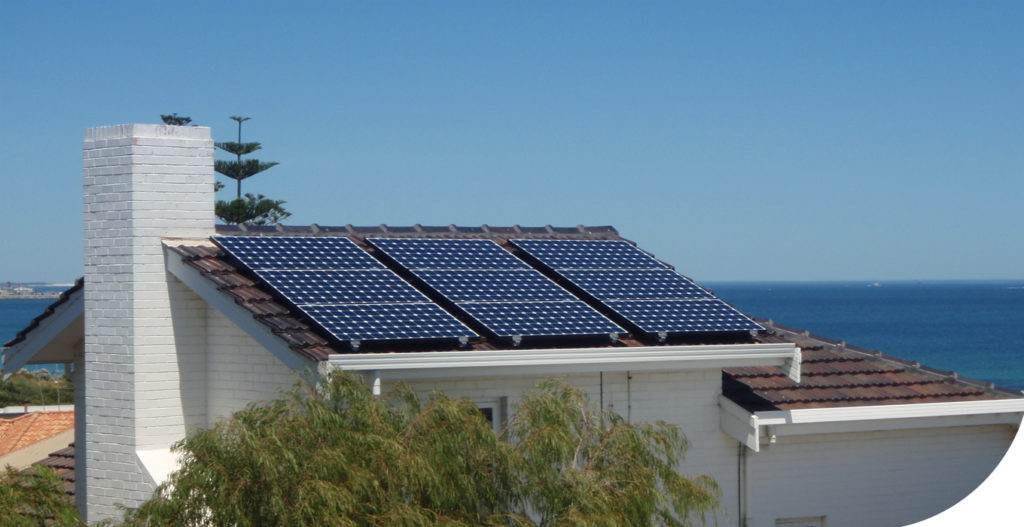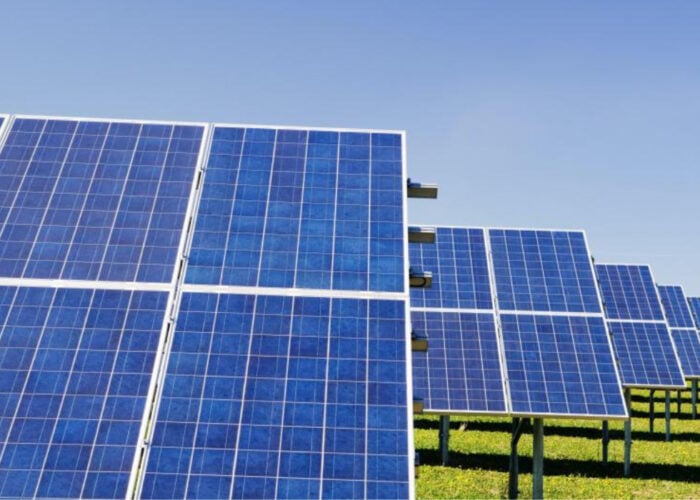
The Australian Energy Market Commission (AEMC) has opened a new consultation today (10 October) exploring the use of smart data to optimise consumer energy resources (CERs) such as solar PV and home batteries.
The paper follows a rule change request from Energy Consumers Australia (ECA). It should be noted that the AEMC also made recommendations in 2023 to boost the uptake of smart meters across the National Electricity Market (NEM).
Unlock unlimited access for 12 whole months of distinctive global analysis
Photovoltaics International is now included.
- Regular insight and analysis of the industry’s biggest developments
- In-depth interviews with the industry’s leading figures
- Unlimited digital access to the PV Tech Power journal catalogue
- Unlimited digital access to the Photovoltaics International journal catalogue
- Access to more than 1,000 technical papers
- Discounts on Solar Media’s portfolio of events, in-person and virtual
Or continue reading this article for free
The proposed rule change proposals recommend a couple of distinct changes. The first would enable consumers and their authorised agents to access customer power data, via changes made to the National Electricity Regulations (NER) and the National Energy Retail Rules (NERR).
The other change would ensure that access to consumer data would be free of additional cost to consumers and delivered in a manner and form that is meaningful for them to act upon.
Securing greater access to data could support CERs and households in optimising solar PV. Indeed, the paper states that accurately managing solar exports requires knowing solar production and consumption in real-time, something smart meters can offer.
AEMC chair Anna Collyer said millions of Australians are embracing the shift to a cleaner energy system and the cost savings that CER technologies and flexible energy use, such as with timer-set devices, can unlock for consumers.
“Smart meters are the digital foundation for a modern, connected, and efficient energy system because they turn power into knowledge and benefit everyone from system operators and networks to households and businesses,” Collyer said.
Submissions for the consultation are being accepted until 7 November 2024.
CERs could help stabilise NEM after coal withdrawal
The support for smart meters and the optimisation of solar PV systems could impact the NEM on a wider scale under proposed rule changes by the AEMC. Previous coverage by PV Tech indicates that coal is expected to be fully withdrawn from Australia’s grids by 2038. The AEMO has stated before that grid investment must increase to ensure large-scale renewable energy generators can fill the gap left by coal.
Because of this, in late July 2024, the AEMC introduced a new draft determination proposing to enable virtual power plants (VPPs) to compete directly with large-scale generators in the energy market. This would be achieved by enabling aggregated CERs to be scheduled and dispatchable in the NEM.
The AEMC cited that price-responsive small resources, such as backup generators and solar PV, could, therefore, respond to changes in spot prices. This would also contribute to a decentralised energy system.
The inclusion of CERs would result in cost savings of around A$834 million (US$552.1 million) between 2027 and 2050 while also further incentivising the uptake of small-scale solar PV installations.







